Logo Design
The goal of logo design is to give a business the best brand symbol that can be seen. Depending on the type, a logo is often made up of a symbol or brandmark and a phrase.
A logo is a distinctive visual representation of a company, and logo design is a crucial component of graphic design. A complex identification system’s focal point is a logo, which must be functionally extended across all organizational communications. Therefore, one of the most challenging and crucial aspects of graphic design is the creation of logos and their integration into a visual identity system.

What does a logo do?

With a logo, you can stand out from the crowd
Giving your company a distinctive symbol that sets you apart from other organizations may be the most basic purpose of a logo.
This is crucial if your company faces competition (which 99.9 percent of them do). You should do some research on your rivals’ logos before creating one for your company so you can choose how to position yourself.
A logo shows important things about your business
A strong logo not only distinguishes your company but also gives your customers important information about it, such as the sector you operate in, the service you provide, your target market, and your brand values.

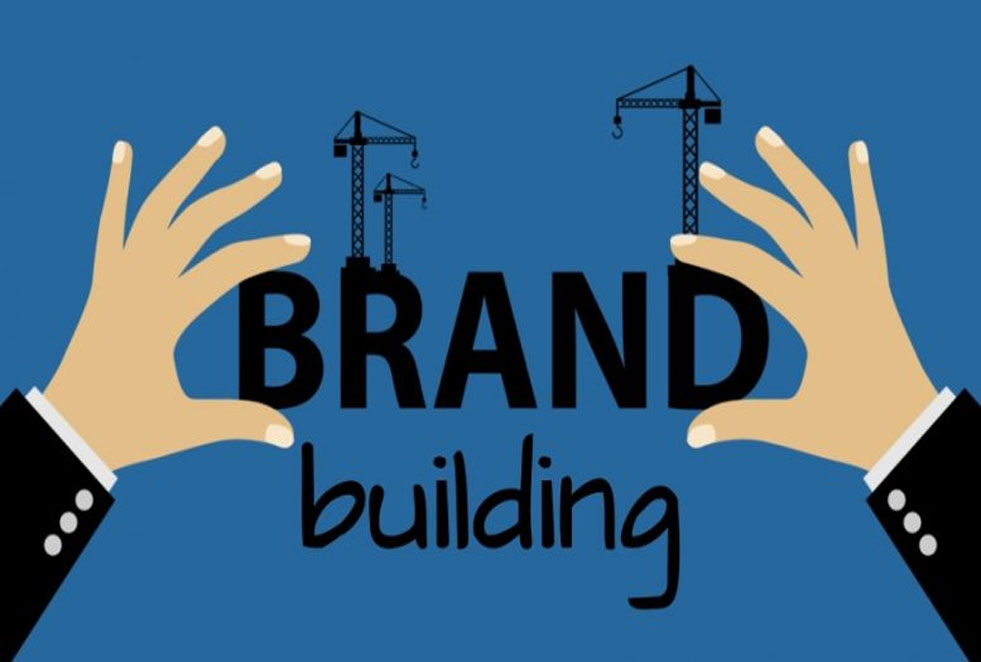
A logo builds brand recognition
Additionally, logos have a visual effect that serves to remind people of your company’s existence. In other words, logos may evoke powerful mental images of a company. This connection aids clients in remembering your brand.
Consider companies with logos that are readily recognizable with or without the name attached, like Nike or Mcdonald’s. That logos are such an essential component of brand identification comes as no surprise.
What components make up a logo?
Let’s look at what a logo is comprised of now that we are aware of what it does. Although there is no clear-cut solution, we can break down some of the typical logo design components.
Typography
In terms of form, a logo often includes some kind of typographic component. This might be a single letter in the manner of a monogram, an abbreviation, or the whole name of the company.
Imagery
Sometimes icons or symbols are used in conjunction with typography. These may be symbolic or made up of geometric abstractions. In certain cases, logos also feature adorning details like line work or graphic punctuation, such as tiny stars or dotted lines, which don’t always produce a distinct, standalone picture.
Color
Color comes before shape. Black & white, monochromatic, or colorful logos are all acceptable. Color palettes for multicolored logos are often complementary or analogous, which means they are of the same or a different hue.
Context
In certain cases, the context in which a logo is utilized also defines it. Having said that, it’s crucial to consider the circumstances and locations in which logos may be used. Online, on business cards, at stores, in advertisements, and in print, logos are often seen. But your company can have certain requirements.
Static or dynamic elements
The choice between designing a static logo—one that appears the same wherever it appears—or a dynamic logo—one that adapts to its context—represents a crucial junction in logo design. Take note of the example’s use of different components depending on the situation.
Importance of logo design in business growth
Creates a strong first impression
Consumers first learn about your brand via your logo. A strong first impression made by a logo animation piques clients’ curiosity and encourages them to learn more about the company. The logo has the capacity to influence how people see you and how they engage with you. Once you’ve done that and opened the doors to your physical or online business, consumers are more inclined to make purchases from you.
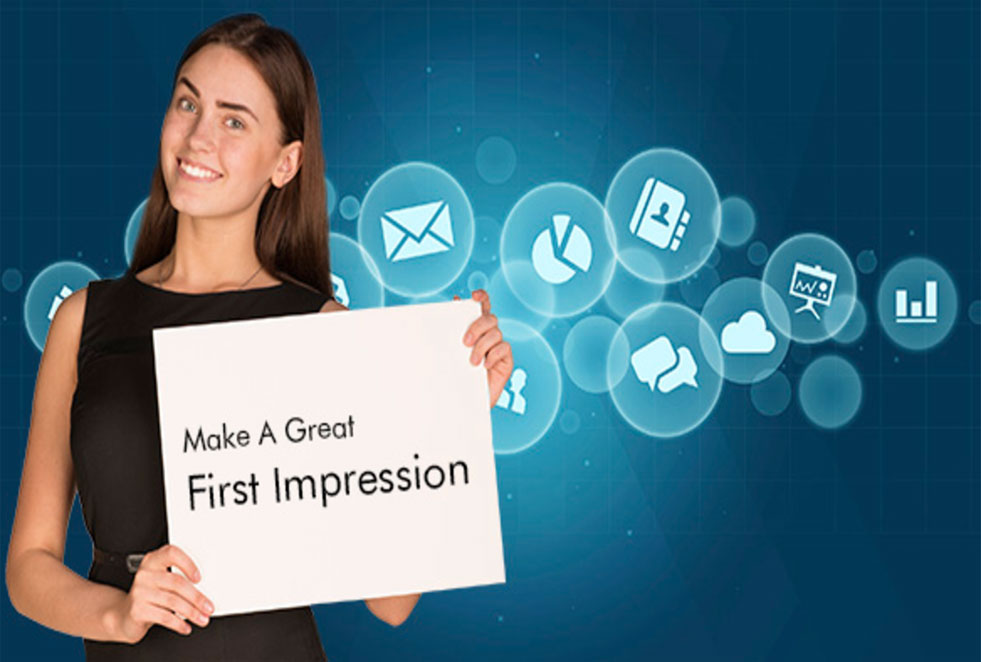
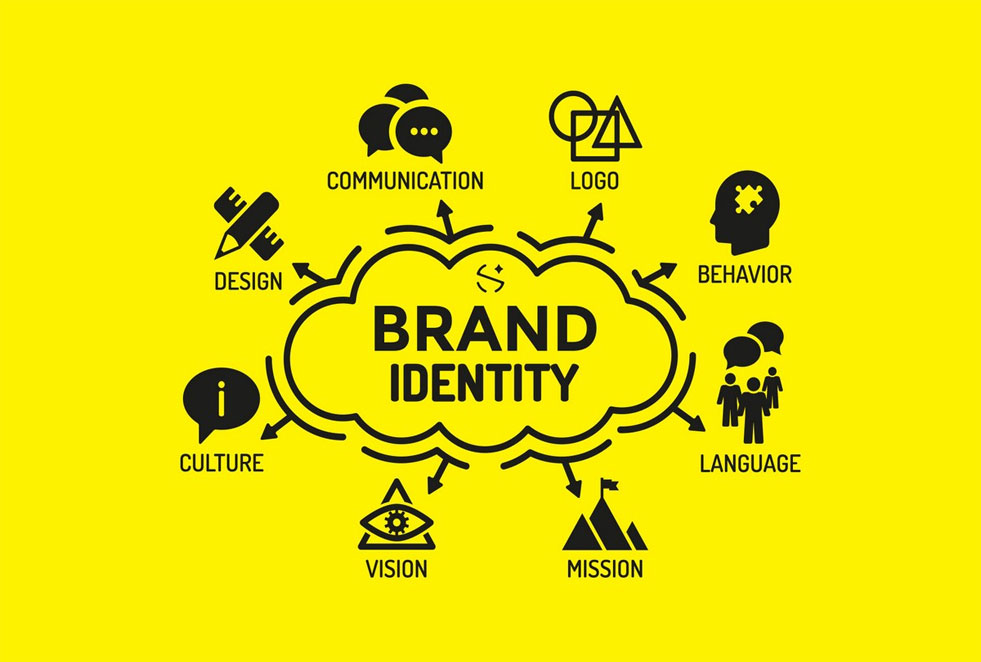
Provides the brand with an identity
A strong brand identity translates into a credible brand image, increasing the appeal and popularity of your company. Your logo serves as the cornerstone of your brand’s identity, which is crucial for a business to expand and become more recognizable. Logos that stand out have one color and a picture. Alternately, they might have your company name in a distinctive typeface appropriate to your industry. All of your marketing materials, including emails, landing sites, packaging, business cards, etc., include the logo’s color and design.
Enhances brand loyalty
A company develops brand loyalty by consistently delivering high-quality goods, putting unwavering emphasis on the customer experience and service, and maintaining consistency across the board. Building brand loyalty takes time, but ultimately it rewards you with repeat business. As a result, if you want to grow your firm with low startup expenses, you should concentrate on increasing customer loyalty to your brand.
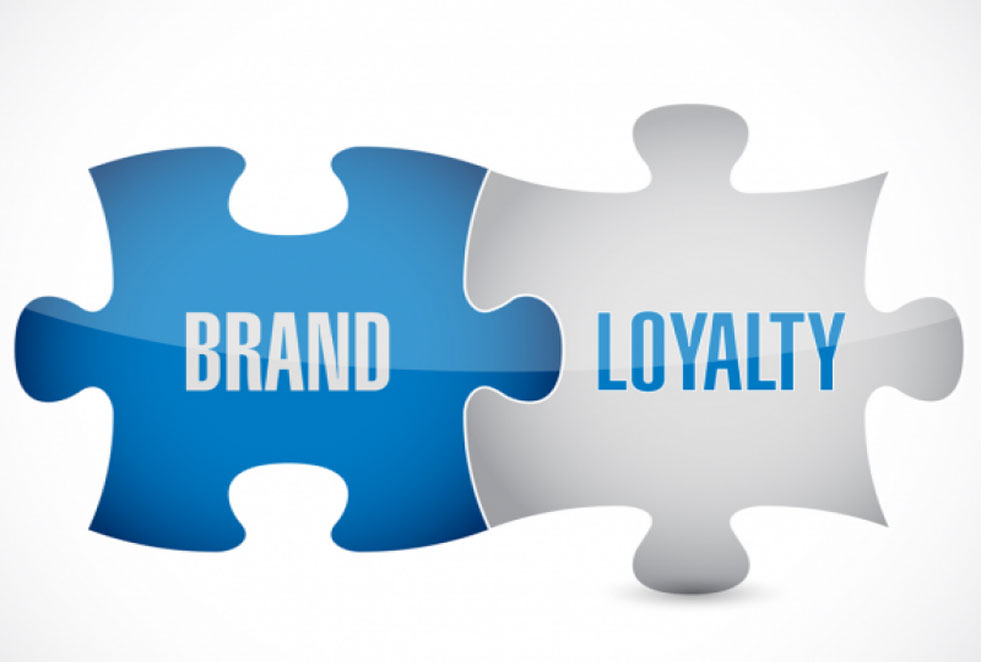

Attracts target customers
Growing the customer base via clever marketing strategies is one of the company’s main goals. The logo is prominently displayed on marketing collateral and serves as the cornerstone of any marketing effort to draw in the target audience. This is how it works. The logo’s design, including its colors and aesthetic, is in line with your company’s guiding principles and the goods you market.
Reinforces your professionalism
In the field of commerce, there are particular guidelines that certify a company as reliable and competent. These qualities help a business win the confidence of prospective clients and raise conversion rates. The standards that define a company’s professionalism are unquestionably satisfied customers and high-quality products. But a logo may be just as important—if not more—in emphasizing the professionalism of a company.

Following are the converting features of a successful logo
Relevant
A logo represents a brand visually. It should thus be relevant to the business it is representing. Small companies must make a name for themselves in the marketplace by developing a logo that represents their company strategy and is suitable for their target market.
Simple
A simple logo is easy to recognize and easier to recall, even with a quick look. It is clear, effectively communicates the brand’s personality, and works to pique the interest of prospective consumers.
Scalable
Your logo should be scalable as it will be used on all of your offline and internet marketing materials. Scalability means that the size of the logo can be changed without changing what it means. So, a good logo can be used in many different ways without losing its appeal.
Timeless
Your logo serves as a visual representation of your company, thus it should last over many years. Aim for durability when creating your logo since it has to stand the test of time despite fashion changes.
Memorable
A logo that stands out grabs people’s attention and stays in their minds. The logo is easy to remember even if someone only sees it once.
Distinct
A strong logo helps your business stand out in a crowded market and sets it apart from the competition. So, make sure that your brand stands out in the places it is shown and can’t be missed.
How does Logos Impact Your Brand?
First impressions have a big influence on potential customers. Consumers form instant judgments about you, your goods, and services based on their first impressions. The initial impression your company makes on suppliers and business partners should follow the same rules. Depending on how professional you come across to them, they will quickly decide whether or not to conduct business with you. No matter how competent you are, if they don’t trust you right away, they’ll go somewhere and conduct business with someone else.
Being more memorable
For 40% of individuals, visual information is easier to recall than verbal or written information. Therefore, having visuals connected with your company and maintaining consistency in those images increases the likelihood that prospective customers would think of you first when they need your products or services.
Building initial trust
Customers often form a first opinion of your business based on your logo. This is particularly true in the modern day when customers are more likely to discover your business online. Customers are more likely to feel that your company is professional if your logo seems professional. Having a logo and using materials that have been properly printed demonstrates your dedication to both your customers and your company.
Attracting new customers
Customers may choose to conduct business with you or remember you at a later time if your logo is distinctive and inspirational. A strong logo may make an impact on people and become a symbol they relate to. Your logo creates a brand and an image that transcends beyond your own identification.
Keeping loyal customers
Always expect your rivals to entice away your consumers. Your clients will hesitate to leave you if your brand and logo are strong and significant. These advantages will strengthen your company and your self-assurance, so think about creating a logo and identity as soon as feasible.
5 Ways a Logo Can Help Market Your Business
A logo is a crucial component of any marketing strategy since it can be utilized to communicate a particular message to your target market. A logo is similar to a modest advertisement for your firm, but it is also anticipated and a norm for most companies.
A logo should be instantly recognizable
A company’s logo is crucial because it helps customers instantly recognize your name, your products, or the services you provide. Potential clients may not instantly think of you when they need your goods or services.
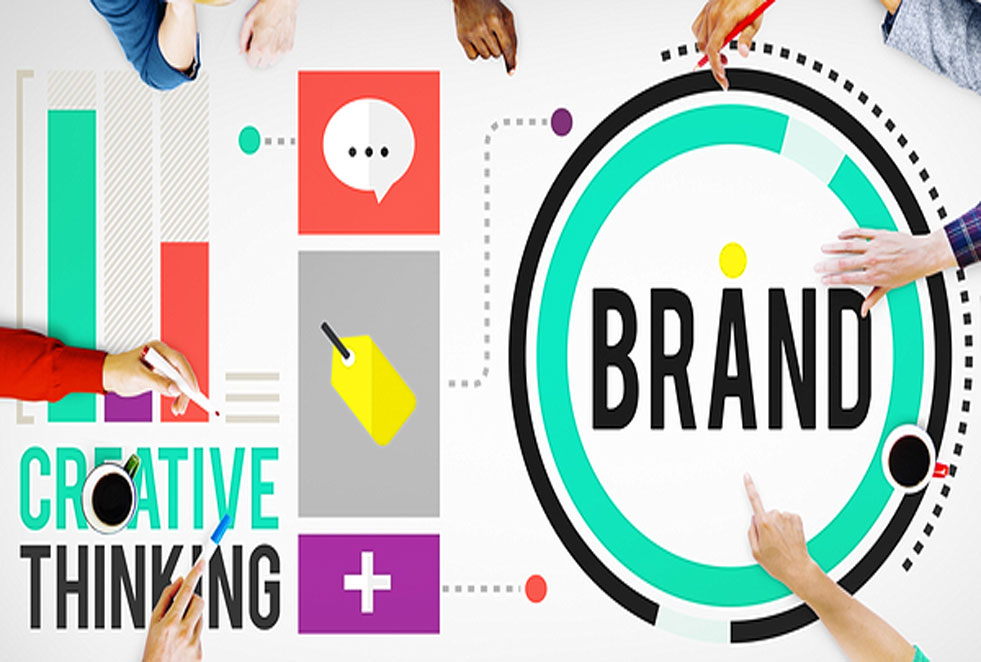
Professional logos depict professionalism
A well-designed logo conveys professionalism and expansion. It fosters trust in your business, allows you to stand out from the competition, and conveys the essence of the enterprise. Bad logos might give the impression that you’re unprofessional and repel prospective clients. A professionally created logo will provide you with an instant advantage over your rivals for many small firms.
It will show your goals and values
As a mark or emblem, a logo serves to visually represent the core principles and objectives of the associated brand. It may also be used to explain the name of your business. A logo quickly transforms into a visual representation of a company’s identity and enables consumers to recognize the brand’s essential values by using distinctive colors, fonts, and pictures.
Logos make branding and advertising simple
Your logo will be used in advertising, websites, business cards, and stationary. In order to effectively sell your brand to prospective clients, logos are crucial. Once your brand has established itself in the marketplace, people are more inclined to accept any further uses of the emblem for promoting other items.
Use it to brand yourself
A logo serves as a declaration of a bold design decision rather than serving as a comprehensive explanation of your organization. As a result, it has to be consistent with every other part of your business. It becomes the company’s most noticeable representation. Your logo may change as your business changes or expands, but it will always serve as your company’s mascot.
Price
Prices for logo design can vary. For example, the price of a logo design depends on how well it was done and who made it. Also, it does matter what kind of process the Logo designer or Design Agency uses. But if you’re a small business or start-up looking for a good logo with decent quality, you should spend between 10000 and 50,000.
The majority of companies come to EchoPx Technologies for logos because of the art of logo designing that we do; we design logos in such a manner that they should reflect the ideas of a client, sometimes going above and beyond the expectations of our clients. EchoPx Technologies is the best logo designing company, and its Logo designing services in Bangalore are well known among many companies.
FAQs
A logo is a picture that represents a business. It has both words and pictures in it. A good logo shows who a company is and how it does business. The goal of logo design is to give a business the best brand symbol that can be seen.
A good logo should have your company’s name, a style that fits with your brand identity, a design that shows off your brand’s personality, and an appropriate color scheme.
Only after having a firm grasp of the three fundamental tenets of logo design: simplicity, adaptability, and meaning. A logo’s design shouldn’t ever be too intricate. It must stand out and be remembered to leave a lasting impression quickly, and simplicity is essential for achieving this.
A logo quickly transforms into a visual representation of a company’s identity and enables consumers to recognize the brand’s essential values by using distinctive colors, fonts, and pictures. According to research, the typefaces employed in a logo do influence the audience’s reaction.
For new firms who seek the advantages of both distinctive typography and a distinctive symbol, combination logos are wonderful. Abstract logos use visual components to convey a message. Customers are more likely to recall abstract logo forms since the human brain is stronger at remembering distinctive designs.
Professional graphic designers that specialize in logo design provide distinctive and personalized brand graphics for the person or business that hired them. A logo designer may operate independently, be employed full-time by a design company or advertising agency, or be employed on a temporary basis.
Shapes that are circular symbolize harmony, friendliness, stability, and femininity. Shapes in a triangle: masculine, powerful, legal, and scientific. Strong, effective, professional, and practical are attributes of square forms. Vertical lines: Male aggression, strength, and advancement. Calm, calm, community, speed. Horizontal lines.
Customers may choose to conduct business with you or remember you at a later time if your logo is distinctive and inspirational. A strong logo may make an impact on people and become a symbol they relate to. Your logo creates a brand and an image that transcends beyond your own identification.
The first thing you must do is state precisely what issue you want to address with the logo. Keep in mind that your company’s logo (and design) is a useful tool that supports it as it works toward certain goals. When seen out of context, a logo is merely a fashionable (or not) image. Don’t undervalue the logo’s potential power.
Knowing the issue the logo is meant to address makes it simpler to implement. But if we’re talking about a logo as a stand-alone graphic design project, in my opinion, style and method are less important than a strong concept and the ability to keep deciphering hidden meanings that the designer intended to make clear but that is not immediately apparent.
A logo is supposed to represent a company. They are meant to show visually what makes the company unique and what it stands for. Depending on your design ethos, the most challenging and effective logos are often those that are straightforward and include just the most important components.
Your business needs a fantastic logo for a variety of reasons. It enables you to speak with your customers and/or future customers in a special way, making the interaction highly intimate. With the help of a logo, you can convey the spirit of your company to customers and help them recognize your brand right away.





